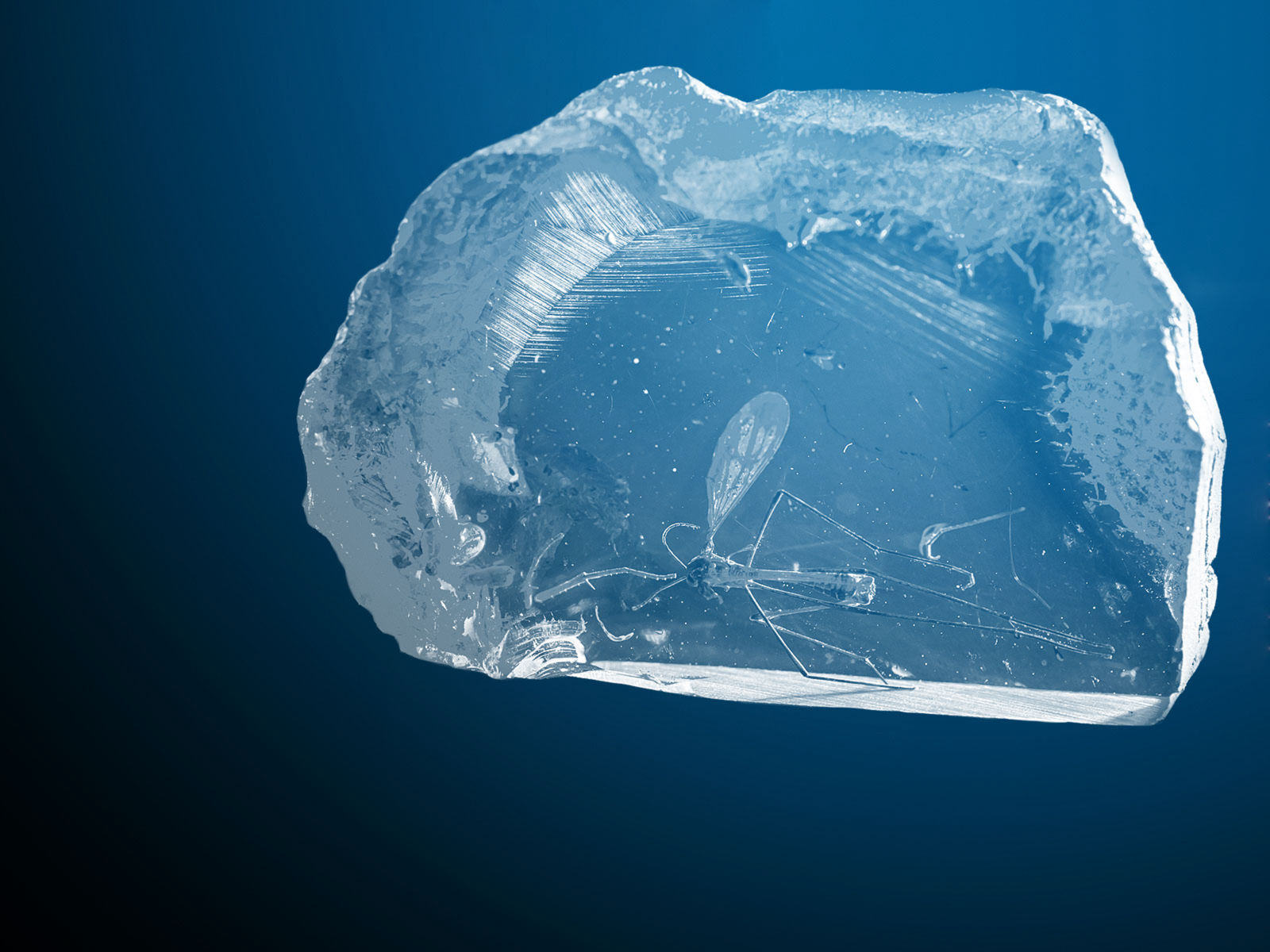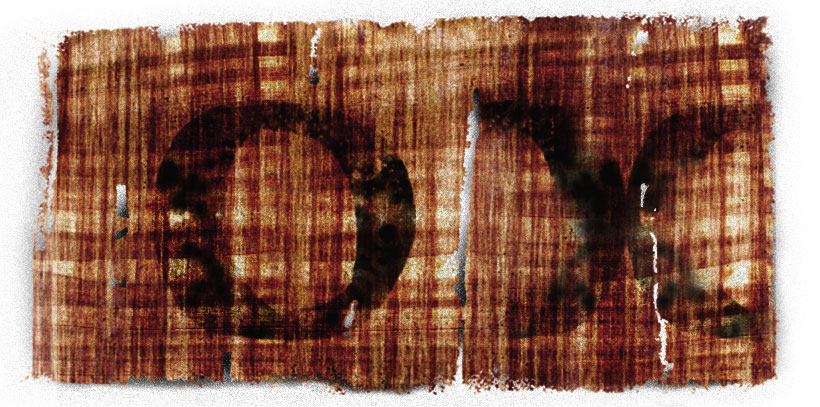
X-ray light deciphers ancient documents
How PETRA IV can help make ancient scrolls readable
Certain ancient documents, such as scrolls made of papyrus or parchment, have so far been impossible to decipher. If one tried to open the highly sensitive, fragile ancient documents, they could be destroyed - which is why experts prefer to keep their hands off them. But sophisticated X-ray techniques could make it possible to examine the documents in such detail that their contents finally become readable. PETRA IV promises completely new insights in this archaeological detective work.

Up to now, X-ray analysis has made it possible to unravel some documents that were once written with inks containing iron. In the X-ray image, the iron offers a passable contrast and can thus be distinguished from papyrus or parchment. This is not the case with soot-based inks: just like papyrus and parchment, they consist mainly of carbon, which makes it almost impossible to distinguish between the two using conventional X-ray techniques. This is where PETRA IV promises significant progress.
”The machine provides an almost point-like X-ray source and can thus produce razor-sharp images.“

Due to the high coherence of PETRA IV's X-ray beam, the so-called phase contrast could be used for this purpose. This would make it possible to distinguish materials that essentially only differ in their light refraction. "This would make it possible to recognise writings that cannot be seen in ordinary X-ray images, for example inks containing soot," explains Schroer. This could then make it possible to decipher some soot ink documents that have not been readable so far - possibly even some of the charred scrolls from Pompeii and Herculaneum.

Heidrun Hillen
I am happy to answer your questions about PETRA IV.
Further research topics

Healthcare
How can diseases be better tackled?

New materials
How can we save resources?

Energy
How can we make more resilient materials?

New technologies
What do we need for the digital world of tomorrow?

Earth and the environment
How do we preserve our ecosystems?

Cultural heritage
How can we preserve our cultural treasures?

